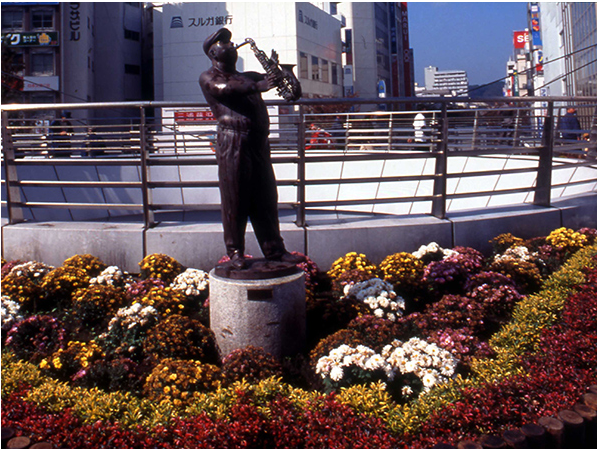- - - - -
== Can Rock Change Yokosuka? Bring On the Music!
-- Yokosuka, a city known for its military bases, is out to revitalize. So, it held a band contest, turning on the rock music and bringing a community together.
(September 21, 2024)
Rock isn't just a music genre — it's a way of life! The MIND・ROCK・AWARD 2024, Japan's largest band contest, took place on September 7-8 in Yokosuka, Kanagawa Prefecture.
From 203 bands and artists nationwide, from Hokkaido to Okinawa, 17 were selected to perform in the final showdown. The winning band will be named the Yokosuka Rock 'n' Roll Ambassador and will headline a live show at the Yokosuka Arts Theatre.
Yokosuka, a city deeply influenced by American culture due to its United States military base, is on a mission to become a "City of Music, Sports, and Entertainment."
Now in its second year, the contest specifically seeks bands and artists who embody the spirit of "living with a rock mindset." To qualify, at least one member of the group has to be 40 years or older. That showcases how the passion for rock transcends age.
-- Using Rock to Transform a Town
The venue came alive with the booming sound of drums and the crowd's excitement. Among the performers was a female musician who captivated the audience with her raw, solo guitar performance and powerful vocals.
After the contest, a surprise performance by Mayor Katsuaki Kamiji's band added to the excitement. The mayor, a former musician, sang and danced on stage, earning cheers and applause from the audience.
Takatomo Nozawa, a judge known for producing SMAP and other top Japanese idols, remarked on the event. "It's rare to see so many bands participate in a contest organized by a local government," he said. "Continuously holding this event will have a greater impact."
Mayor Kamiji commented, "At first, there was criticism about why a local government would promote rock music. But music is just a tool. I want to use rock to transform this town."
The event showcased the community's unique ties to American culture, fitting for a town with a US military base.













